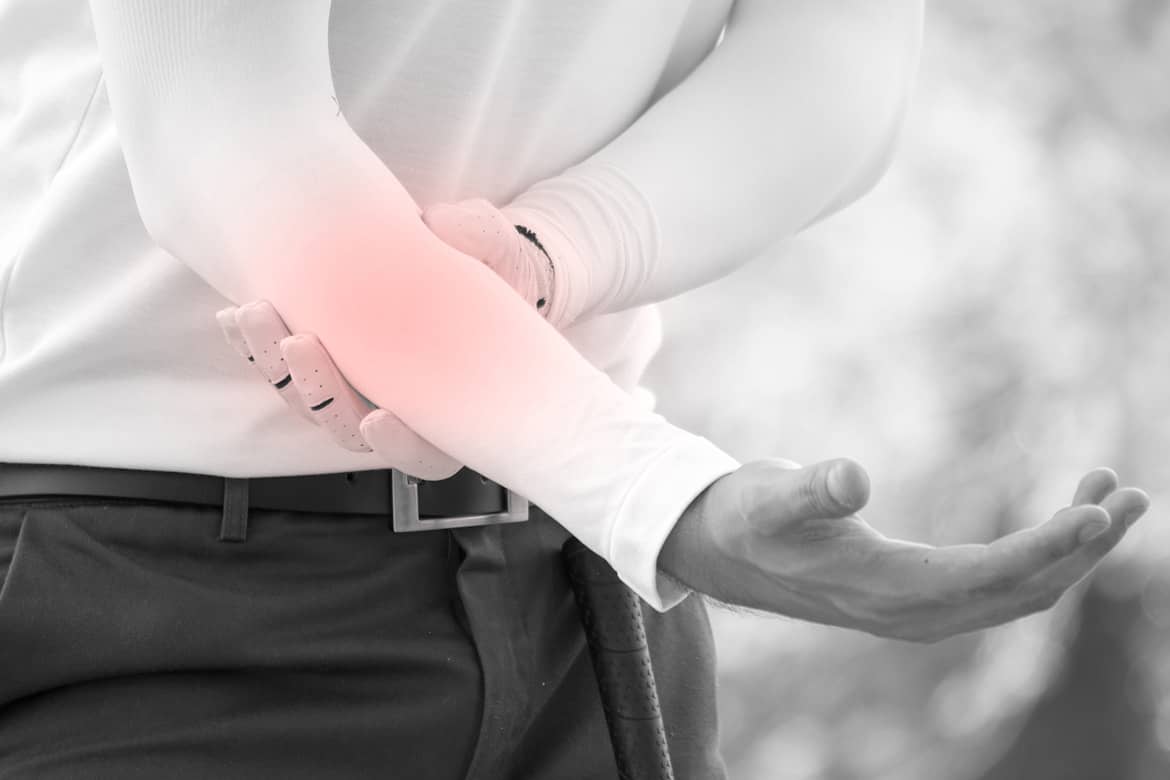Cervical disc herniation can cause weakness in the biceps and wrist extensor muscles, pain, numbness and tingling in the arms and fingers.
In a cervical disc herniation, the symptoms can worsen, remain constant or go unnoticed.
A Cervical disc herniation is diagnosed when the inner center of a disc in the neck herniates or leaks out of the disc and presses on an adjacent nerve root.
The cervical spine is built close to the vertebrae and the nerve that is affected by cervical disc herniation is the one that exits the spinal column at the C1 to C7 level, so at the C5-C6 level, it is the root of the C6 nerve that is affected.
 Cervical disc herniation can present some clinical pictures that can occur interspersed:
Cervical disc herniation can present some clinical pictures that can occur interspersed:
Cervico-brachialgia. The person has a very intense pain that spreads to one of the arms and is caused after making some insignificant effort, such as coughing, moving the arm, etc.
Neck pain. The patient has pain in the neck for different reasons.
Myelopathy. The patient has difficulty moving the upper extremities and some walking disorders. Caused by compression of the spinal cord at the neck. This type of pathology is considered very serious.
These clinical pictures can be minimized in approximately 8 weeks.
Cervical disc herniation is due to degeneration of the discs, caused by aging.
Cold/heat therapies or drugs are recommended to the patient with herniated cervical disc. Most people do not need surgery, but this procedure is considered when the recommended treatment does not relieve symptoms or when spinal cord compression is suspected.
Hot/cold therapy helps decrease blood circulation which reduces swelling, muscle spasms and pain.
Drugs include anti-inflammatory, muscle relaxant and pain reliever.








